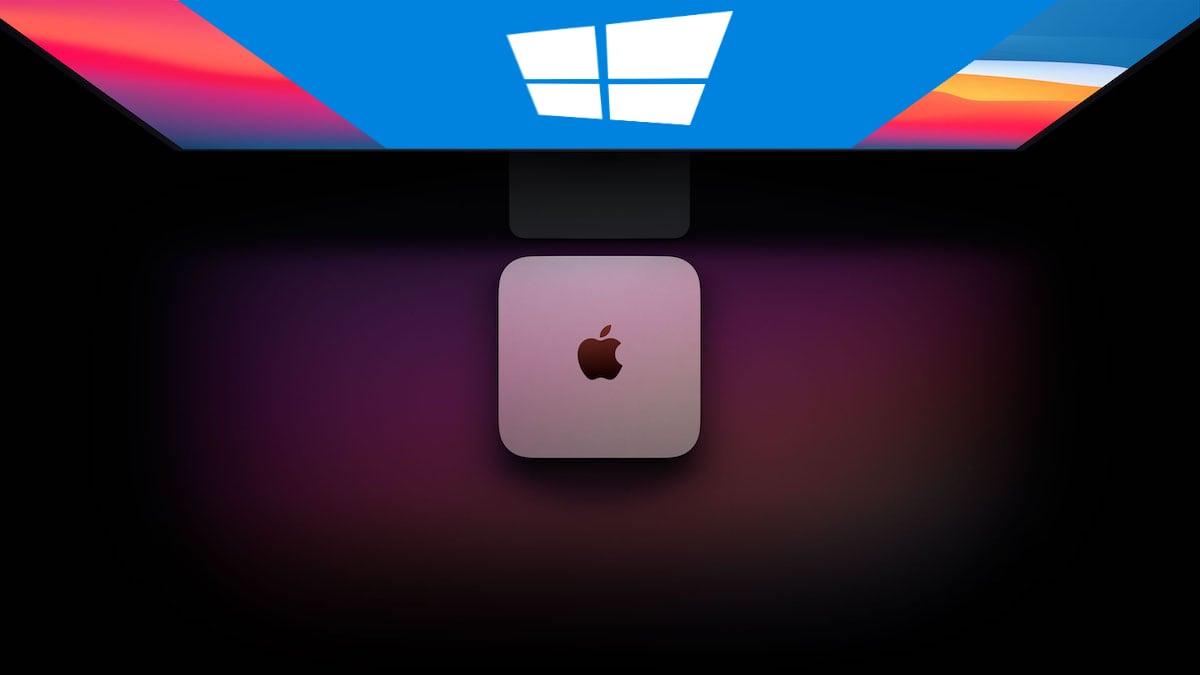Using Windows on Apple Silicon Mac is technically possible, but it is up to Microsoft to make it happen, as per Apple software chief Craig Federighi. Currently, Apple does not support installing Windows via Bootcamp on its new Apple Silicon Macs, but part of the reason might be that Microsoft does not support installing Windows for ARM on computers, as it does not sell any ARM-compatible copies.
Windows on Apple Silicon Mac is possible, but Microsoft has to make it happen
The only ARM devices that run Windows ship with it pre-installed, such as Surface Pro X. Microsoft’s software support for apps is also quite poor on Windows for ARM, which might the primary reason that it does not sell copies publicly to consumers. At the time of writing, Microsoft does not have a well-performing emulation layer for x86 apps, like Apple’s Rosetta for macOS Big Sur on the new Apple Silicon Macs.
In an interview with Ars Technica, which covered a lot of topics around the new M1 chip and Macs, Apple’s SVP of Software Engineering, Craig Federighi was asked about running native Windows on Apple Silicon Mac. He responded by saying that it is up to Microsoft and not Apple.
As for Windows running natively on the machine, “that’s really up to Microsoft,” he said. “We have the core technologies for them to do that, to run their ARM version of Windows, which in turn of course supports x86 user mode applications. But that’s a decision Microsoft has to make, to bring to license that technology for users to run on these Macs. But the Macs are certainly very capable of it.”
For now, the only choice that users have is to run apps using Windows in the cloud, which is not a solution for everyone, or use a product like CrossOver by CodeWeavers, which allows users to run 32-bit and 64-bit apps and games using WINE. CrossOver can be a hit or miss depending on the game or app that users run.

Parallels is also working on a virtualization solution for Apple Silicon Macs, which is supported by the virtualization framework in M1 Macs, as per Craig Federighi. However, these apps would be better used for virtualizing ARM-based versions of other operating systems. Given the performance that M1 chips provide, perhaps adding some sort of emulation overhead might still result in acceptable performance when virtualizing an x86 copy of Windows in Parallels.
Apple executives have been giving interviews regularly ever since M1 Macs were announced. Check out our coverage below:
2 comments
Comments are closed.